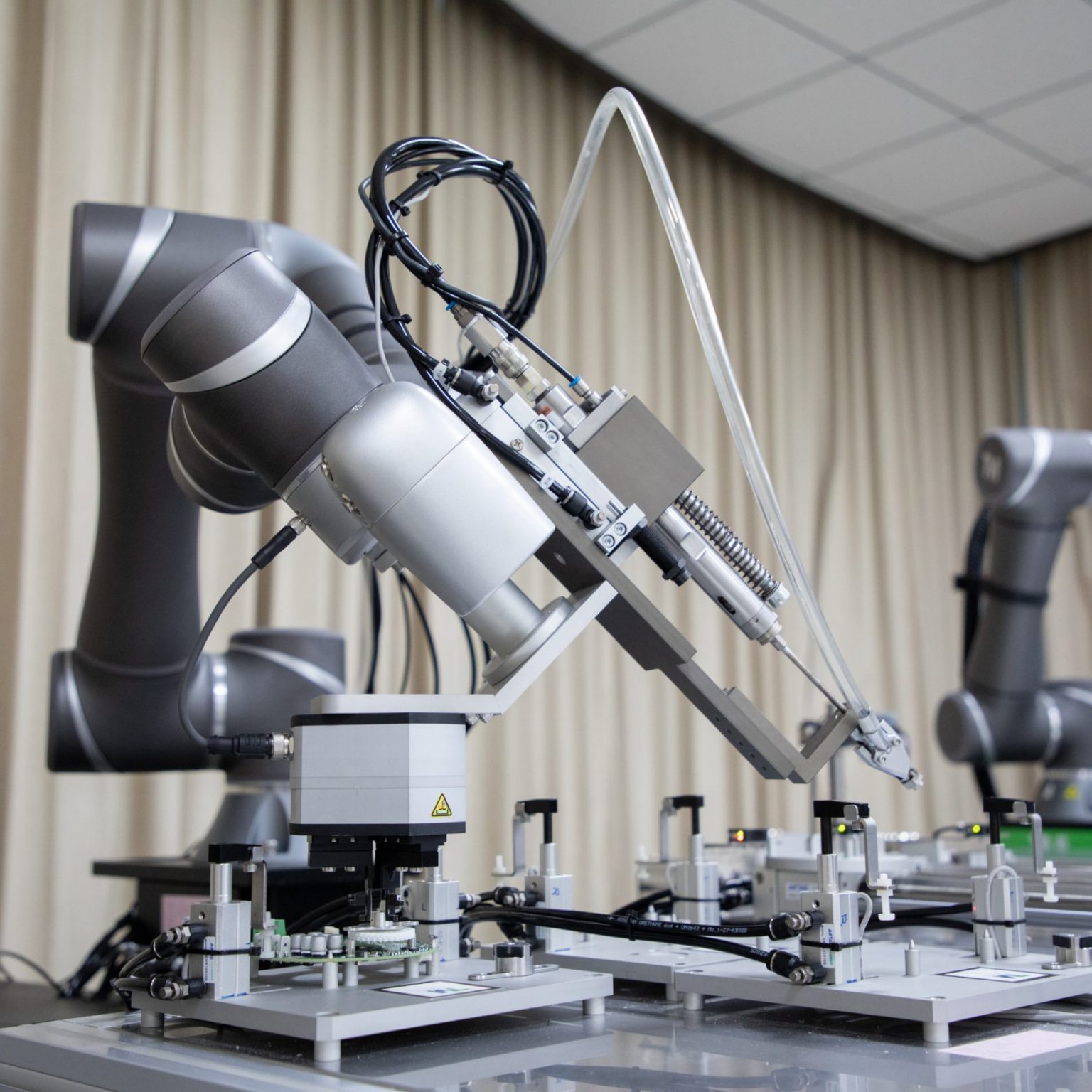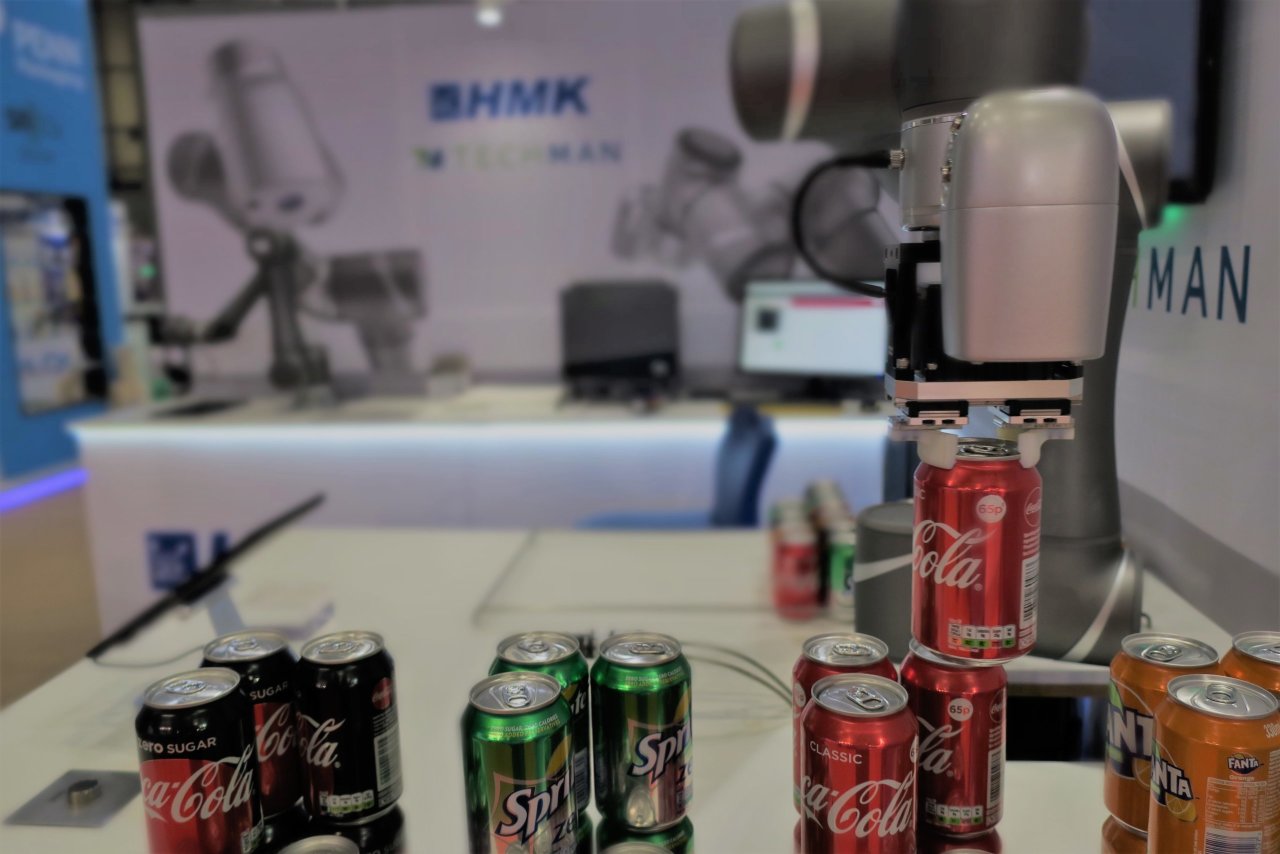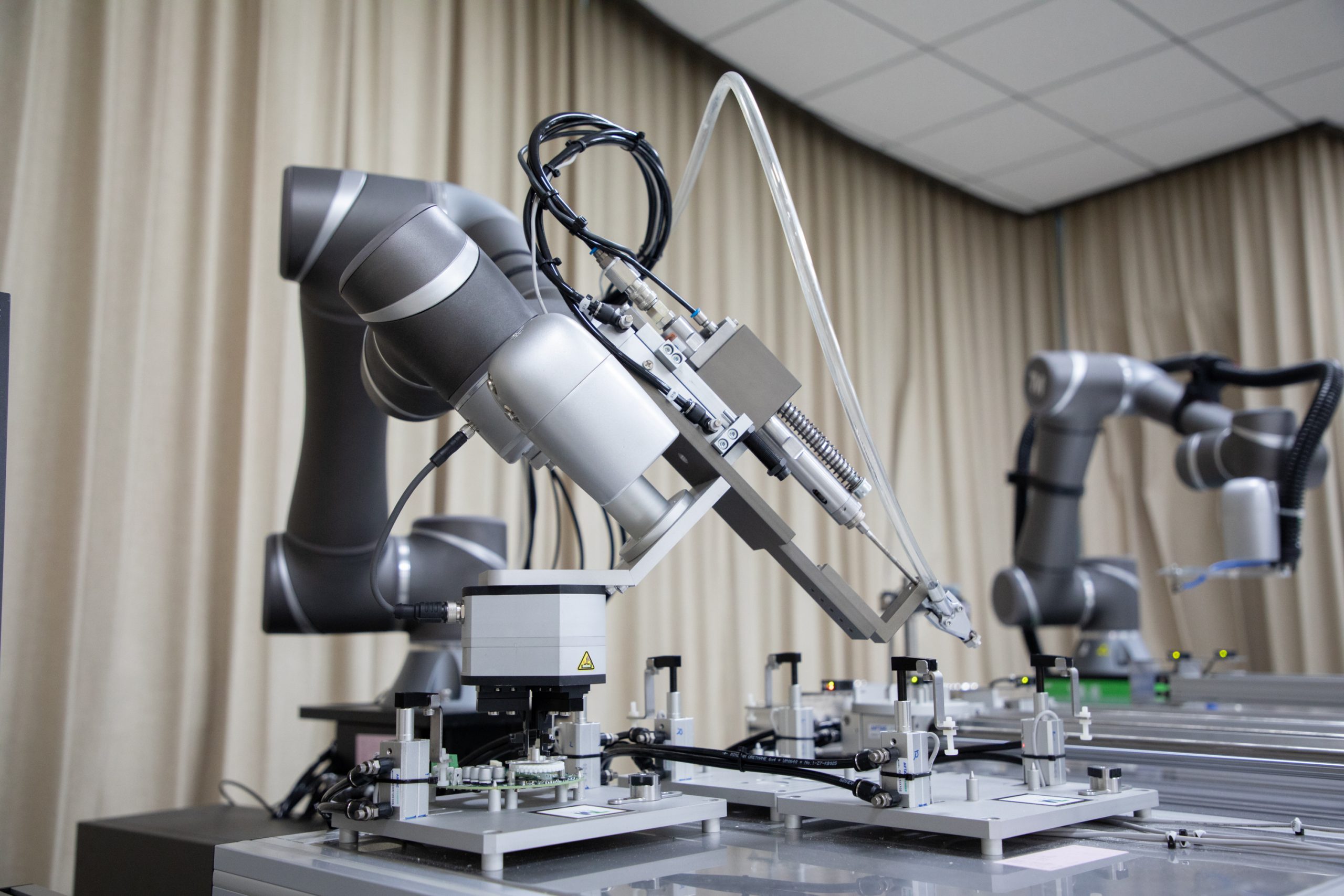Manufacturers around the world facing the COVID-19 pandemic in 2020 are confronting huge challenges. Full or partial factory shutdowns. Reduction of on-site teams to the most essential workers, who may be working in staggered shifts. And the relocation of everyone else (in sales, marketing, and even R&D) into work from home arrangements.
Manufacturing is not like other industries; on-site production is at the core of the business. In today’s environment, factory managers need to keep operations going, especially when production has ramped up for many healthcare-related products. Ventilator equipment, sanitizing products, and personal protective equipment (PPE) such as masks, gloves, isolation gowns, and hazmat suits are all in high demand since COVID-19.
Global manufacturing must also find a way to continue making other essential products that will help countries navigate their way out of this crisis.
In the long term, business continuity and manufacturing resilience are priority outcomes. At a time when human workers’ safety and productivity are of paramount concern, collaborative robots can take up work that isn’t necessary for humans to do anymore.
Operating in The New Normal
The only way production can continue safely at this time is to reduce human roles in the production line, automating certain processes with the aid of collaborative robots
In 2018, cobots accounted for only 3 percent of global robot spending and were still perceived as a niche product in manufacturing. An industry robotics outlook study by Loup Ventures predicted that the global cobot market would become worth $9 billion by 2025, while cobot shipping rates would jump from 8,950 units in 2016 to 434,404 in 2025, at a compound annual growth rate (CAGR) of 61.2 percent.
The onset of the coronavirus pandemic has likely accelerated these cobot adoption rates, especially in major manufacturing countries like China and the United States.
The Advantages of Cobot Operations
Collaborative robots can take on tasks that usually require human handling of heavy machinery, like loading and unloading or palletizing. They are multi-functional and programmable for collision protection – a huge advantage over traditional robots that operate within rigid safety fences.
Smart cobot-driven automation has already taken on production line tasks like packaging, conveyor tracking, and visual quality inspection. Vision-enabled smart robots are calibrated to perform measured movements for sorting, picking, and placing, tasks that for humans pose risk for repetitive stress injury.
Smart industry and Factory 4.0-oriented companies already recognize cobots’ usefulness in production process assistance and material handling. But with the aid of machine language and artificial learning skills, cobots can be enabled to take increasingly more complex tasks.
Robotic process automation (RPA) can teach cobots to capture, interpret, and manipulate data, trigger specific actions, and communicate with other systems. RPA for tasks such as visual quality inspection or program testing is already happening in LCD/panel industries and end-product electronics. In the current COVID-19 situation, cobots have a significant role to play in disease surveillance and contact tracing.
Cobots offer a vast range of customization options that will increase the numbers and kinds of tasks they can perform. One can mix and match programmable tasks for cobots of varying payload sizes with different kinds of sensors, grips, and tool changers.
One of the biggest concerns voiced by manufacturers is the prospect of retro-fitting IT setups and spending on additional training for in-house engineers. That is not the case. Some of the best cobot setups come with their own flow-editing software solution, which is easily programmable without major coding experience.
Cobots are meant to provide complementary automation to human-driven production management led by medium and high-skilled workers. Customized and programmable cobots can help maintain production operations beyond human workforce hours, increase productivity, and production utilization rates. In itself, this will hugely aid production in essential services sectors.
Factories of the Future
Continued uncertainty around the coronavirus crisis requires forward-thinking on the part of industrial manufacturing companies.
Increased cobot automation, combined with robotics and artificial intelligence, is a viable alternative in the face of the pandemic and the economic disruption it has caused. Cobots will also enable companies to adopt safer operating measures for their human workforces, allowing them to abide by social distancing requirements that protect them.
Restrictions on movement and work from home norms may become part of our manufacturing future. That does not prevent the industry sector from strengthening operational viability while protecting the welfare of its employees.
Human management will continue playing a key role in the factory setups of the future, especially when it comes to robot design, programming, maintenance, and supervision. In turn, collaborative robot adoption will enable manufacturers to devise new ways of achieving business continuity, protect their businesses against future challenges – and help them innovate along the way.



